Sunday Classic / How Not To Learn Bonefishing
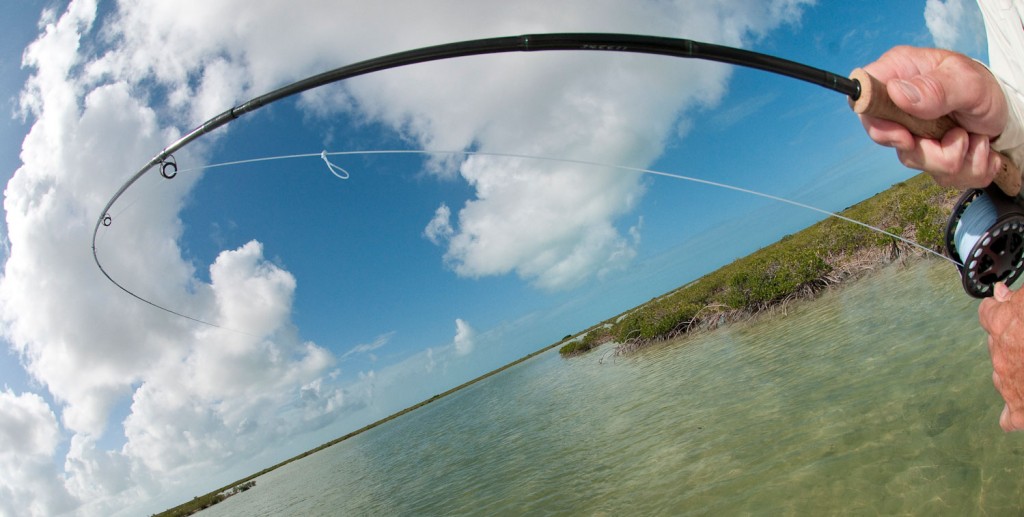
FLOAT TO THE BAHAMAS ON A 55 GALLON DRUM AND SAVE THE AIR FARE BUT HIRE A GOOD GUIDE EVERY DAY!
My buddy Brad went to the Bahamas for bonefish recently. I loaned him a rod, reel some leaders and a box of my favorite bonefish patterns. It was his first trip to the salt and when he got home the stories brought back memories.
Brad is a great angler. He guides for trout and when it comes to working a tough fish with a tiny dry fly he’s the man but salt water is a totally different game and, like all of us, he ran up against the learning curve pretty quickly. He came home from the trip with a photo of himself holding a nice bone and that’s better than I did on my first salt water trip so I’m not dogging my friend here but I’m going to tell you where he went right and where he went wrong.
Brad took some advice I gave him and that was a good start. First off he went to the Bahamas. There’s a lot to learn for the beginning bonefish angler and much of it is retraining muscle memory. Developing a good strip set for example. The only way you learn to strip set is by feeding fish. “Those crazy ass fish run every which way!” Brad told me. That’s true, and you only learn how to lead moving fish by getting shots at moving fish. Simply put, in the Bahamas you get a lot more shots and you feed a lot more fish.
The first way he went wrong was
Read More »Saturday Shoutout / Carpocalypse
![]()
By Dan Frasier
ON THE 13TH OF JUNE 2015, ALSO KNOWN AS TODAY, COSTA, SCIENTIFIC ANGLER, CARPPRO AND THE ORVIS PORTLAND STORE HAVE TEAMED UP TO HOST A THE WORLD’S LARGEST ONLINE CARP ON THE FLY TOURNAMENT.
There is an obsession amongst carp on the fly anglers, possibly an unhealthy obsession, with introducing more and more flyfishermen to what we consider the pinnacle of flyfishing. I’m not sure why this is. It could be a way to try to justify our obsession with what has been considered an unworthy fish.
You see, we know if you try it you’ll realize they are the most challenging target in fresh water and stop teasing us for fishing for trash fish. Or perhaps we altruistically believe we’ve found one of the most entertaining ways to spend a day on the water and want you to share the joy too. Or maybe we think if the mighty carp becomes more accepted as a target, more people living in more places will pick up the flyrod for the first time, and we can grow the tent of the sport we love so dearly.
Regardless of the reason, carp flyfishermen are hell bent on getting our fish educated by others, our spots filled up with new fishermen and our flats crowded. If it seems a little insane, it probably is. We are full-grown adults that choose to chase carp with a flyrod, after all.
One of the outgrowths of all of this outreach by the carp community is the creation of many carp on the fly tournaments around the country. Dozens of places host major events with live music, food, beer, and great prizes, for anglers who chase carp. Sponsors have lined up, and continue to line up to support these events and in most ways they’ve been a resounding success.
The big drawback is that a fisherman must be able to travel to the location hosting the event. Often that entails the ability to take an entire weekend away from the family, find a place to stay and have some idea about the water they’ll be on. That’s a tall order for most and not a very good way to bring casual anglers into the fray. Only the most devoted fishermen have the ability to put in that kind of time for a carp tourney. And even if you wanted to, you have to be local.
ON THE 13TH OF JUNE ALL THAT IS ABOUT TO CHANGE.
Read More »Fly Casting Problems Are Sneaky

IF THERE IS A PROBLEM WITH YOUR FLY CAST IT’S PROBABLY HAPPENING BEHIND YOUR BACK.
Do you know what your loop is doing when you’re not looking? It could very well be mucking up your forward cast. Tailing loops, collapsing lines and fizzling forward casts can all be the result of a poor back cast. There are definitely fishing situations when watching your back cast is not an option, but if you’re having issues with your cast it’s a good idea to keep an eye on what’s going on behind your back.
The fly cast is symmetrical. I say that so often I hear it in my sleep. The back cast is identical to, and just as important as, the forward cast. If it is not performed properly, the forward cast doesn’t have a chance. Asymmetric casts are one of the most common problems in fly fishing.
Tailing loops, for example, are very often caused by creep. That’s when you start your forward cast before your line straightens out fully behind you. Taking a longer pause on you back cast will solve the problem. Casts which fizzle out or fall apart usually start their life in the back cast. If your rod tip isn’t stopping clean, or high enough you will have a huge sloppy loop in your back cast. That kind of loop just won’t load your rod and nothing you do in your forward cast will change that.
The good news is that these are problems you can fix very quickly. Maybe even immediately.
When your cast is in trouble
Read More »Fly Fishing, Always Have a Plan B
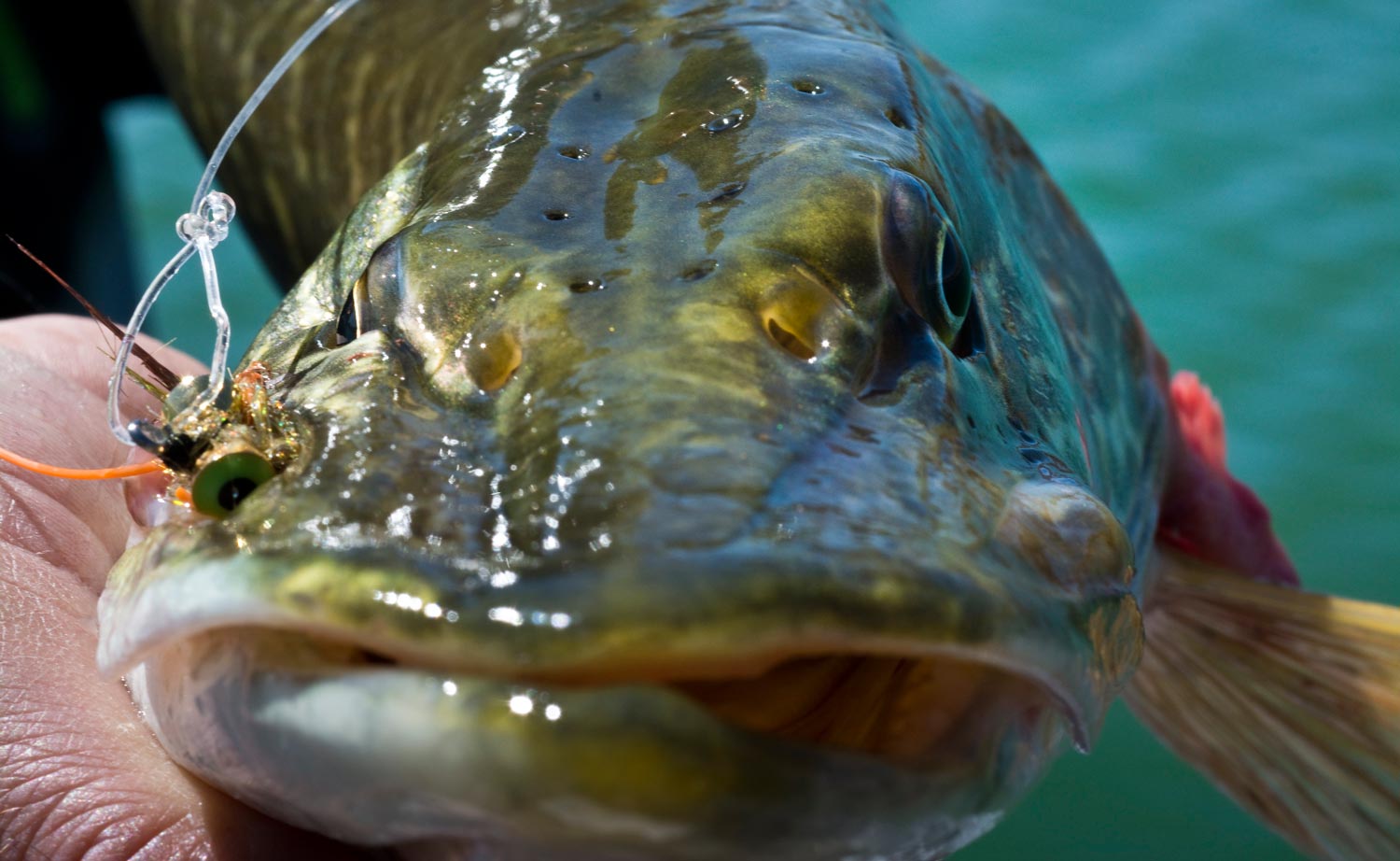
Just about every fisherman out there is probably familiar with the saying, “never leave fish to find fish”. I live religiously by this common sense fishing advice. It’s saved my butt many days on the water guiding, and keeps me from straying away from productive water when I find myself being drawn away to fish other spots upstream that look great. Always remember that fly fishing is full of hot periods and cold periods of catching. So when fishing it’s hot, you want to capitalize on it as much as you can before it goes cold. Sometimes it can be hot fishing for several hours, while other times you may only have one hour of hot fishing, such as when a hatch is in progress. Quite often anglers can have more success sticking around fishing one area throughly, when it’s producing, than fishing a bunch of spots partially. Every stream is different of course, but it’s generally safe to say that some sections of water always will be fishing better than others througout the course of a day. A fly fishers job is to determine where those hot sections of the water are and fish them.
Read More »Sunday Classic / Be Stealthy Like Czech Nymphers
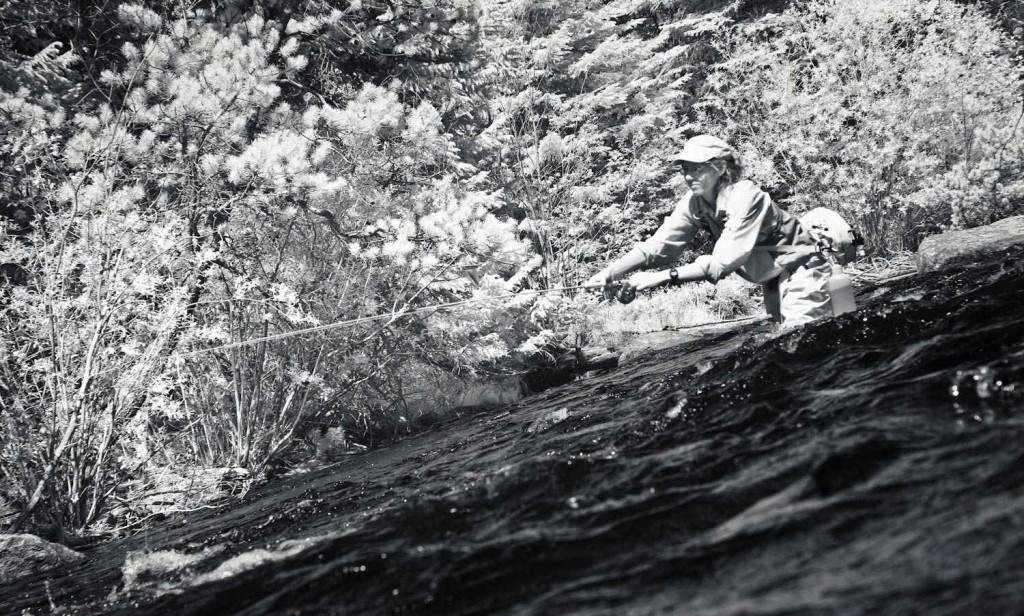
I’m not afraid to admit I’m not a big fan of Czech nymphing.
I’m not an aficionado of the popular three-fly nymph rig either. It’s not the right rig for fly anglers that lack discipline or are daydreaming fly casters. Furthermore, a freshly tied rig can become a birds nest instantly, simply by a landed fish, rolling in the net. That being said, I’m not saying Czech nymphing doesn’t work, it undoubtedly has it’s place in trout fishing, and can be highly effective at times, it’s just not my first choice.
Here’s what I’ll admit and also highly respect about the die hard Czech nymph fisherman out there. Most are very good at approaching fishing holes with complete stealth so they don’t spook fish. They take the time to think out their approach before casting, making sure they’re positioned perfectly so they can execute the best presentation and drift with their flies. Why do they do this you ask? Because success in czech nymphing
Read More »Saturday Shoutout / Unsalted
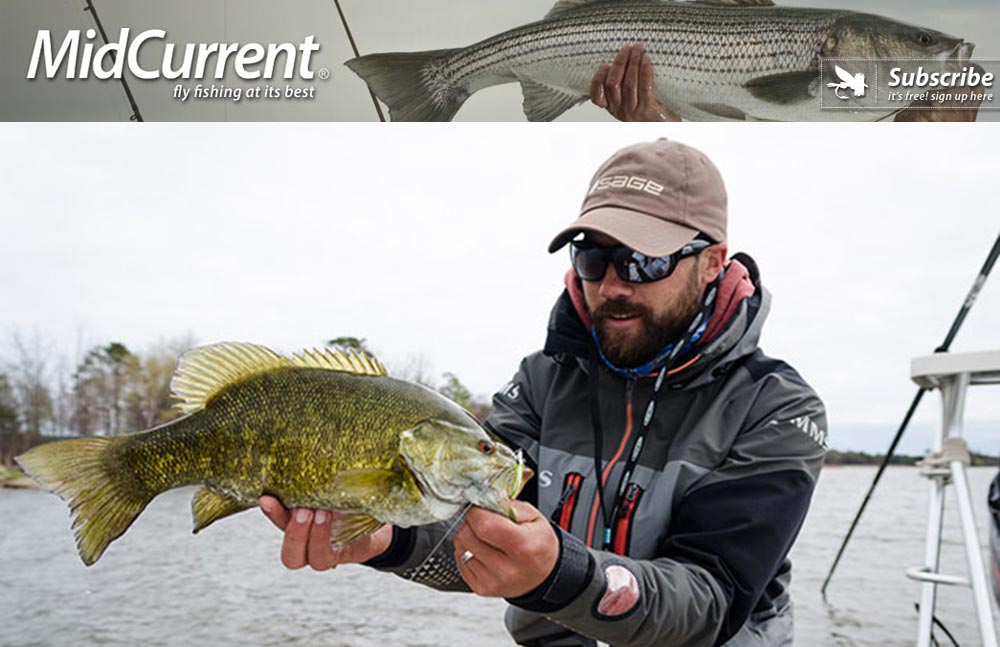
THIS WEEK TOM HAZELTON, VIA MIDCURRENT, TELLS A TALE OF FLATS BOATS AND FLY RODS ON LAKE SUPERIOR.
Tom’s on to something. I don’t know why more folk aren’t fishing lakes with flats boats. I done it a few times and it just makes sense. This trip sounds amazing. Tough small mouth and beautiful water. I need to try it.
MIDCURRENT: UNSALTED
Read More »Ready Position Video
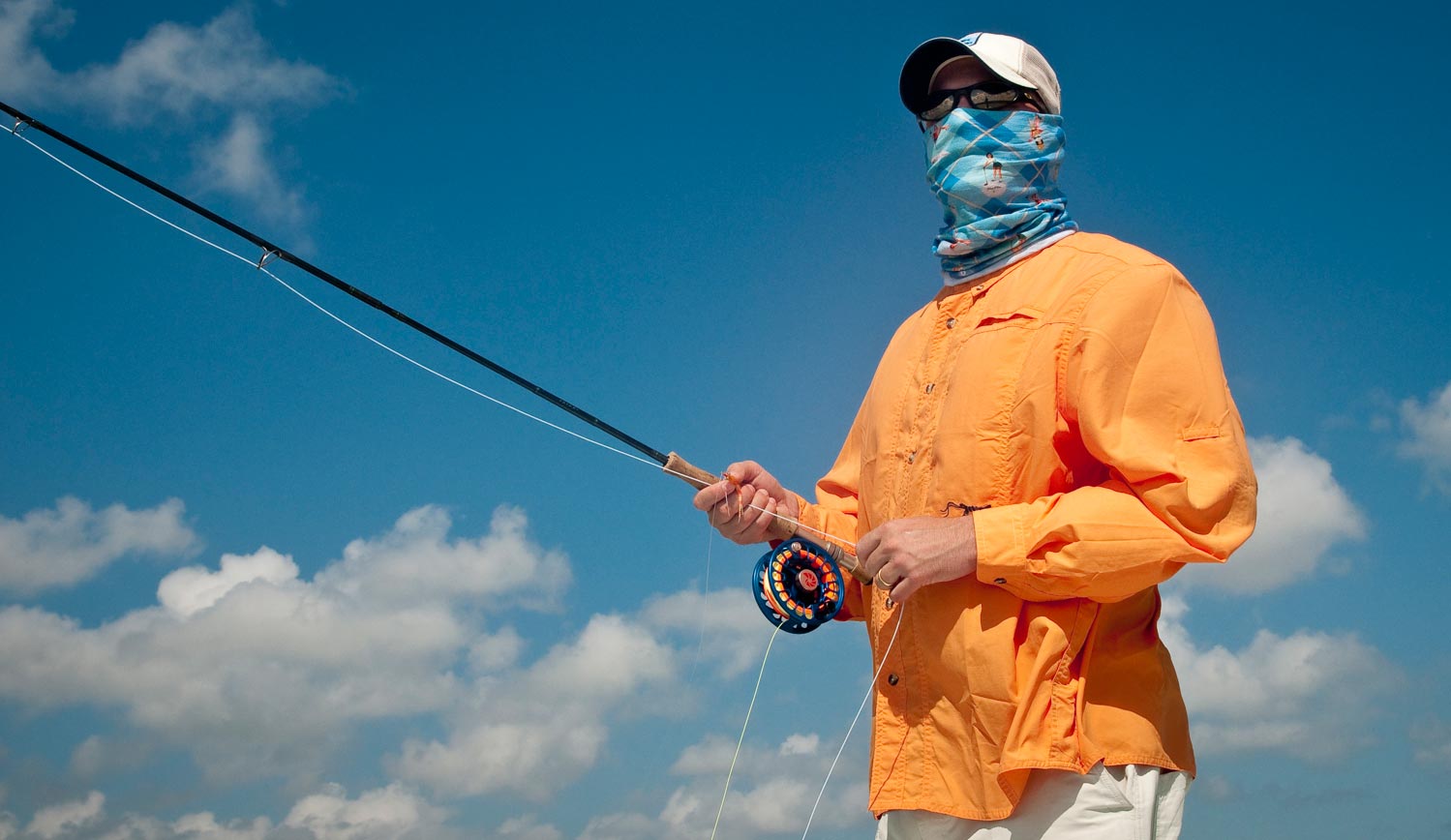
The ready position is the most fundamental skill in saltwater fly fishing.
Saltwater fly fishing has been described as, “long periods of boredom punctuated by brief periods of panic.” That can certainly be true. I personally never find it boring and with a good ready position you can cut way back on the panic.
I don’t know who came up with the idea of the ready position, but they were brilliant. This one simple idea eliminates at least half of the things that can go wrong in flats fishing. You usually spend most of your time hunting fish and when you find them things happen quickly. Bringing fish to hand depends on making a good presentation as quickly and effectively as possible.
A good ready position will help make that possible. When done correctly it helps minimize false casting, keeps your line from tangling, your fly from fouling and a handful of other mishaps that can ruin a good opportunity.
CHECK OUT THIS VIDEO TO SEE HOW IT’S DONE.
Read More »Spring Bass Tactics for Southern Appalachian Lakes
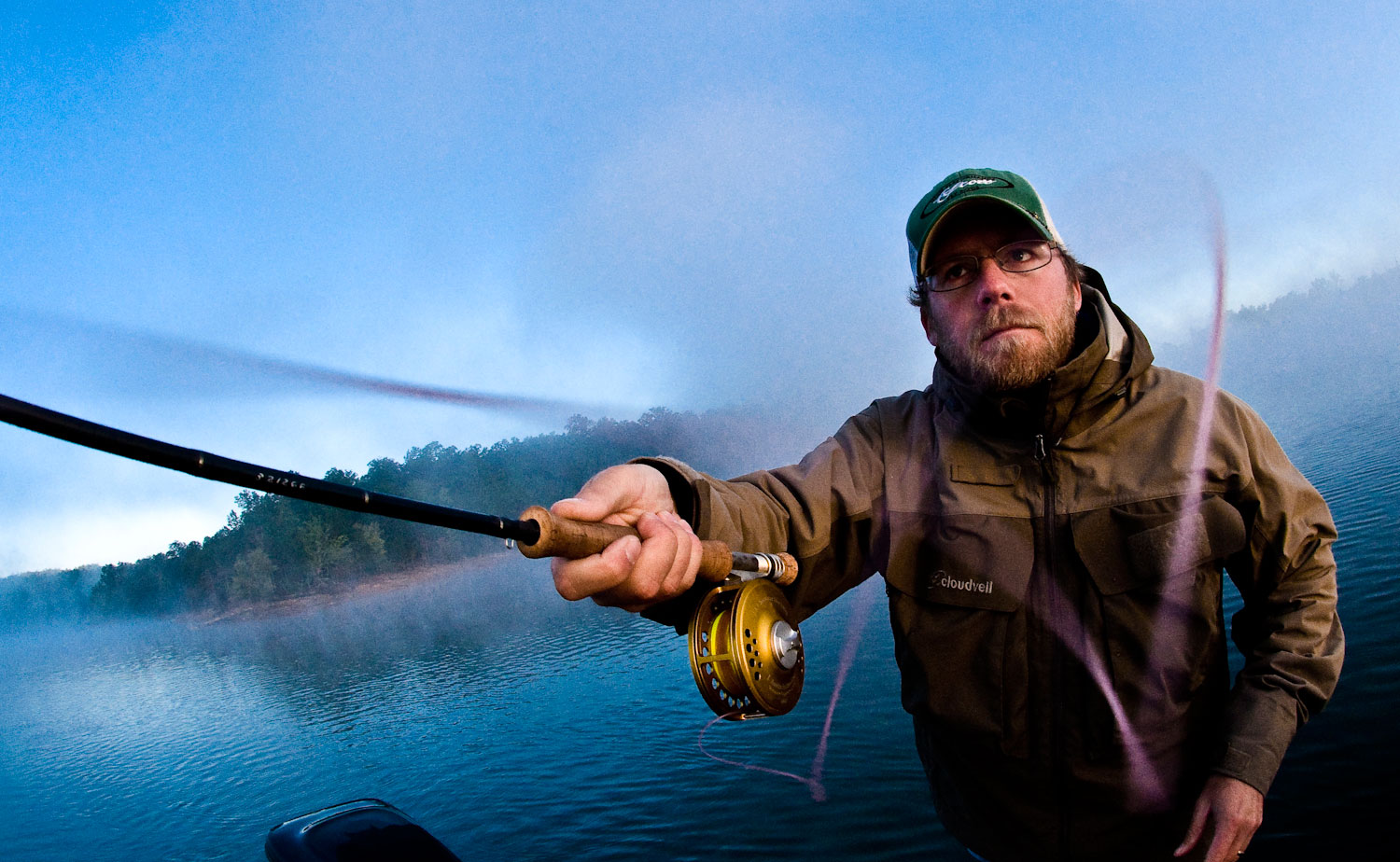
SPRING BASS FISHING TACTICS FOR FLY ANGLERS INTERESTED IN SOUTHERN APPALACHIAN RESERVOIRS.
There’s tons of lakes readily available for fly fisherman to catch bass throughout the Southern Appalachian region. Unfortunately, these lakes aren’t your two-acre farm pond in your backyard or subdivision that you grew up fishing as a kid—they’re multi-thousand acre reservoirs that can be extremely challenging to learn how to fly fish.
FLY FISHING RESERVOIRS STARTS WITH FISHING THE CORRECT AREAS.
Fly fishing for bass on public reservoirs is much like trying to find a needle in a haystack. If you don’t have a general idea of where the needle is located, your chances of finding it are slim to none. To be successful fly fishing lakes, you’ll have to quickly be able to eliminate areas of the lake where the bass aren’t located and then narrow your focus to small areas of the lake that provide bass what they need. Bass need the following: suitable habitat, satisfactory food and comfortable water conditions (water temperature & water depth). All these change depending on the season. In our case, we’ll be focusing on what bass need during the spring. Just like in trout fishing, bass fishing is all about bypassing unproductive water and spending your time fishing the productive water. Eighty percent of the bass on the lakes will be found in 20 percent of the water. If you want to catch them, you’ll need to maximize your time fly fishing the correct water.
A QUALITY MAP OF THE LAKE IS CRITICAL
Keep in mind, all maps aren’t created equal (and many are total crap). The map you want to buy needs to have enough detail on it that you can get a clear picture of what the lake looks like underwater and what types of cover it has. Specifically, the map needs to show good contour lines from the shoreline, out into the main river channel. Contour lines are also referred to as break lines and they show you depth change. Ideally, you want a map that shows five-foot break lines, ten-foot minimum. Anything less than that and you really won’t have enough information to locate hot spots to start looking for bass, come spring. For quality lake maps for the Southern Appalachian region go to www.maps.tva.com
Study your lake map before you hit the water. Locate your main points, prime humps, flats and creek channel mouths that are located close to spawning grounds. Once you find those, search out spots where the break lines are close together. These are areas that should have lots of food, plenty of structure and a wide range of depth. The farther away break lines are from each other on a map, the longer the distance between depth change. Bass like areas in a lake where they can quickly change their depth without having to travel long distances. Bass are naturally drawn to these niche areas because they can make quick position adjustments to stay in the most comfortable water. It’s exactly like trout preferring to hold in areas that have the three C’s (cover, cuisine and current protection). Bass are no different.
SPRING IS A TRANSITION PERIOD FOR BASS.
Read More »Dean River Chinook
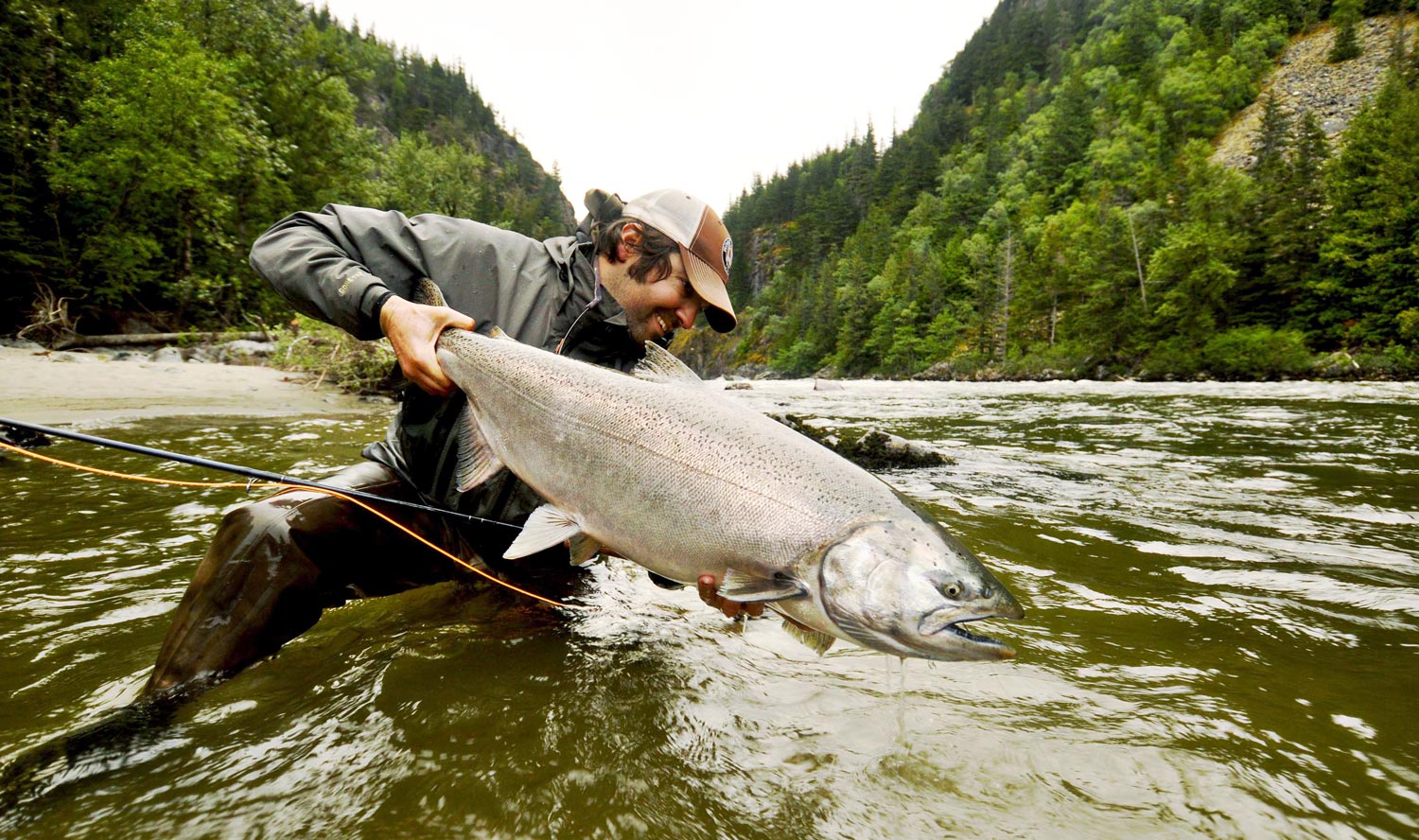
By Jeff Hickman
IT’S TIME FOR THE BIG BOYS.
With the rapidly increasing popularity of Spey fishing, targeting Chinook salmon has also recently become hot. These large powerful anadromous fish have always been attractive to fly fishers in areas with strong populations. But with modern spey rods and Skagit heads they have become much more accessible to fly anglers. The old myth that they don’t eat flies is far from the truth! These Kings of the river are as good as freshwater gamefish fish get. When they are fresh-from-the-salt and in the mood, they will attack flies every bit as aggressively as steelhead do!
I had heard the old timers’ stories of the good ol’ days when the Chinook were thick in west coast rivers and fly anglers could catch as many as they wanted. While at times we do still have some good Chinook fishing in Oregon, I wanted a full immersion to experience them. So years ago I got a job guiding fly fishing on the Kanektok River for Alaska West and I headed north to cut my teeth on Chinook fishing. I had heard in western Alaska, Chinook were plentiful and they were like Winter steelhead on steroids. It was true and it was there that I fell in love with these leviathans. I spent nine seasons on the Kanektok guiding and swinging flies for Chinook and I learned a lot about them in the process.
The recent scuttlebutt among Chinook anglers is over the emergency Chinook fishing closures in the last two years in Western Alaska. In western Alaska, King salmon stocks are experiencing a period of low productivity. Run forecasts have been too low for ADF&G to allow any commercial or sport Chinook fisheries in the entire Kuskokwim River drainage including all Kuskokwim Bay tributaries. Among the closures again this year are the Kanektok and Goodnews Rivers. Both are legendary rivers for having robust healthy runs of these amazing fish. This is very tough news for everybody that has a connection to this area and these fish. I hope that these robust runs are able to recover quickly to the sustainable fishable levels of the past.
But Alaska isn’t the only destination to catch Chinook on the fly consistently. I now spend the early part of my Summers chasing Chinook in British Columbia. When the two words
Read More »Sunday Classic / It’s The Little Things
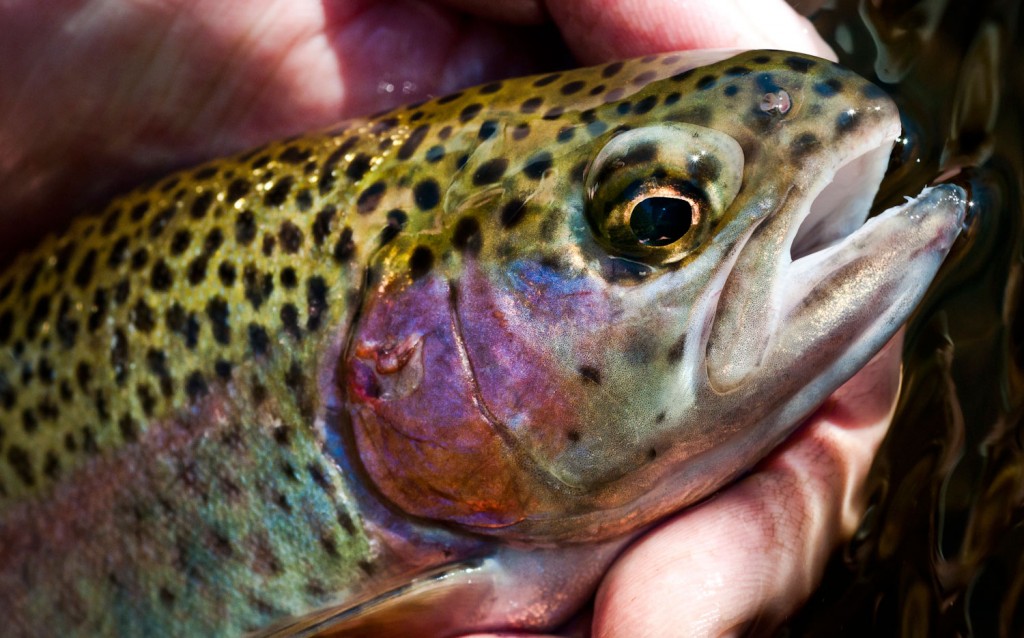
“I know it when I see it!”
Kent and I were doing a presentation at a fly shop the other day and after showing a couple of hundred fishing photos, during the Q&A part of the program, a fellow raised his hand and asked “do you guys catch any small fish?”
I guess I’m as guilty as anyone for perpetuating the idea that size is all that matters in fishing. I sure don’t feel like that’s true but when you look through my photos you, sort of, start to get that feeling. It’s easy to go too far the other direction too and get all moist and sloppy about tiny wild fish. I really do love tiny wild fish but that’s not all there is to me either. I just want to catch a great fish.
I guess I’ll define a great fish this way. When asked how he would define pornography Sen. Jessie Helms replied, “I know it when I see it!” I guess that goes for fish porn too.
The average size fish in the stream where this little guy was caught is around eighteen inches and I caught plenty of those fish the day this photo was taken, but this beautiful little guy that my buddy Dan landed is the one I’m going to show you. In my opinion he was the fish of the day. Partially because he belongs there, as much as anything other than brook trout belong in Georgia. He’s a local anyway but mostly because he is the future. He is the sign that in spite of a great many factors working against her, Nature is still doing her job in one of my favorite little streams.
One day, if we are both very lucky
Read More »